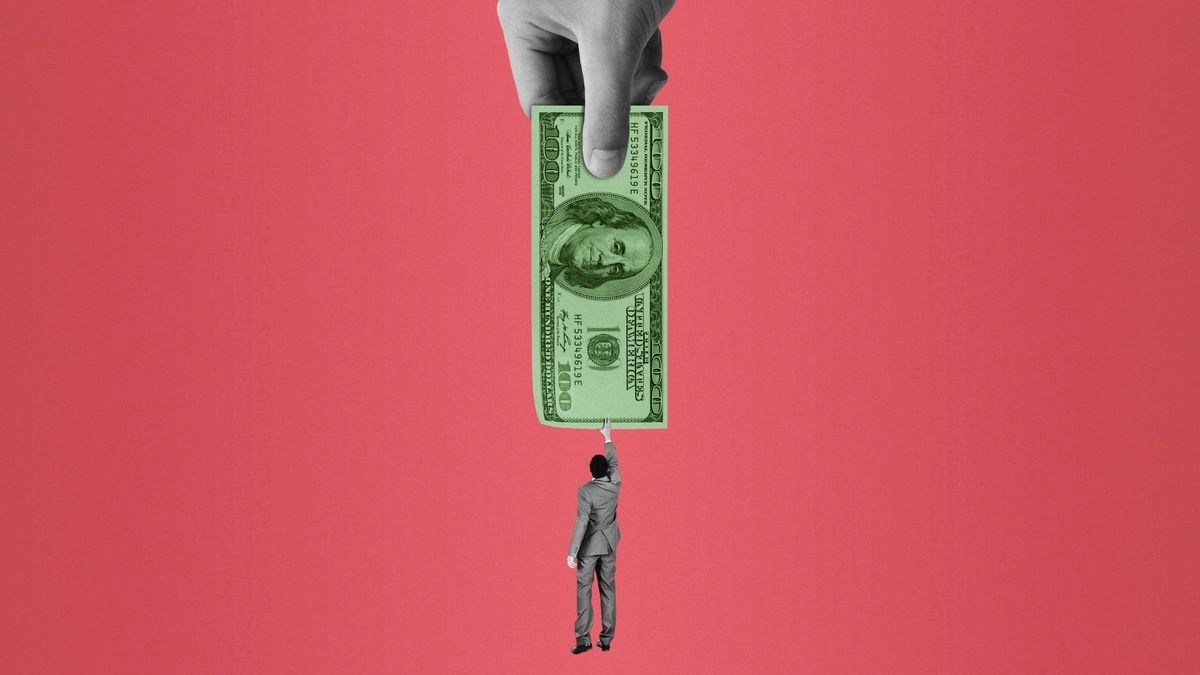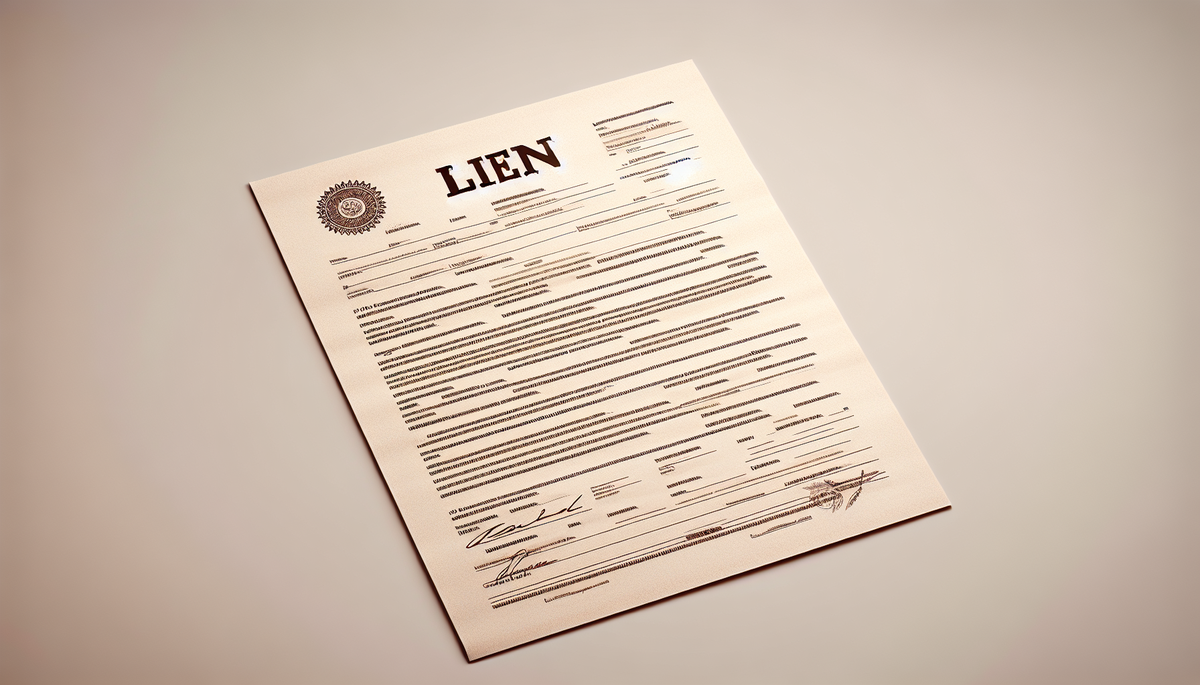Economy, Education, eNews
US economic update: It’s a matter of perspective
The U.S. economy kicked off 2024 powerfully. Business activity, labor markets, sentiment and inflation indicators have been trending favorably. Yet, we must stay vigilant as rising consumer debt and high interest rates threaten to slow down economic growth.

The U.S. economy kicked off 2024 powerfully. Business activity, labor markets, sentiment and inflation indicators have been trending favorably. Yet, we must stay vigilant as rising consumer debt and high interest rates threaten to slow down economic growth.
Why it matters: Understanding these economic trends is crucial as they influence our strategic planning, business decisions and potential growth trajectories.
While headlines and statistics often present a seemingly clear picture, the reality is that interpretations can vary significantly depending on one’s perspective.
Economists anticipate steady progress on inflation in the upcoming quarters, despite potential hurdles. As supply chains recover and housing and service-related price pressures gradually ease, they remain optimistic.

“Notably, services demand should cool as consumer spending wanes,” The Conference Board reports. “We expect headline personal consumption expenditures (PCE) inflation to hit the Fed’s 2% target in Q3 2024. This expectation will trigger rate cuts starting in June 2024. We anticipate four 25 bp cuts this year (100bps in total) and an additional four 25 bp cuts in 2025 (100bps in total).”
The Federal Reserve (Fed) announced at its March 2024 meeting that it would maintain the overnight federal funds rate at the current range of 5.25% to 5.5% in its continued attempt to curb inflation.
Persistent labor market tightness over the past year is expected to continue, despite a slowing economy. This is largely due to a shrinking labor force as Baby Boomers retire, making businesses less likely to lay off workers.
By the numbers: According to the Bureau of Labor Statistics (BLS), nonfarm payroll employment rose by 275,000 jobs in February and the unemployment rate increased to 3.9%.
- Revisions to December and January’s employment gains reduced the cumulative job count by 167,000.
- “Average hourly earnings were up by 0.1% in February and 4.3% over the year,” the report reads.
Bankruptcy filings increased substantially in 2023, a trend which has continued into 2024. U.S. filings rose by nearly 17% and business filings by 40% in 2023. Last month saw a 22% surge in overall filings and a 48% jump in business filings from February 2023, according to Epiq Bankruptcy and the American Bankruptcy Institute.
Global bankruptcy filings have also increased, although at a more modest rate of 7% by the end of 2023, according to an Allianz Trade report.
Credit professionals should expect continued elevated business distress throughout the remainder of 2024 across several key industries. “Although healthcare and other consumer-facing industries will remain in the headlines, the restructuring industry continues to keep a close eye on commercial real estate,” said Justin Kesselman, partner at ArentFox Schiff LLP (Boston, MA). “Commercial tenants, landlords and lenders are stuck in a tripartite struggle. Tenants aim to cut costs, but landlords can’t offer rent reductions due to stricter banking credit terms. Without significant economic shifts, this commercial real estate stalemate could create distress for all parties involved.”
Consumers remained cautious in February, with retail sales rebounding less than expected following their January plunge, according to EY Parthenon. “With employment and household income growth softening, costs remaining elevated and interest rates only gradually easing, consumer spending is expected to grow a more modest but still respectable 2.0% in 2024,” the report reads.
The Fed’s rate hikes have a potent, delayed impact and we’re nearing the peak effect of these increases, said NACM Economist Amy Crews Cutts, Ph.D., CBE. “Businesses are concerned about decelerating disinflation, which means prices are rising but at a slower pace, not deflation where prices fall,” she said. “This creates a disconnect between economists and consumers. People are upset because even though inflation is decreasing, prices aren’t.”
What credit professionals are saying: A recent eNews poll revealed that nearly half of credit professionals do not foresee the economy affecting their credit management strategies in the next six months.
- 28% plan to tighten their credit policies
- 9% plan to loosen credit requirements to stimulate sales
- While 13% say they are uncertain of the effects
Scott Dunlap, director of credit and collections at Coleman Oil Co. (Lewiston, ID), is optimistic about the direction of the economy and plans to loosen credit requirements to stimulate sales. “I recognize that inflation is rising, and the cost of living is outpacing wage growth,” he said. “This seems to be counteracted by a trend favoring smaller businesses over larger ones. These smaller enterprises often offer superior and more tailored services, which could help restore equilibrium in the long run.”
This optimistic attitude is echoed by Martin Zorn, managing director, risk research and quantitative solutions at SAS Institute Inc (Honolulu, HI), who says liquidity remains very high whether that’s bank lending or access to capital markets. “Companies can continue to get the funding they need in a fairly stable economy over the next couple months,” he said. “An increase in commercial real estate defaults can cause an increase in bank failures, then you have the risk of your access to capital, especially for small to mid-sized businesses being negatively affected.”
What’s next: “While we no longer forecast a recession in 2024, we do expect consumer spending growth to cool and for overall GDP growth to slow to under 1% over Q2 and Q3 2024,” The Conference Board reports. “Thereafter, inflation and interest rates should normalize, and quarterly annualized GDP growth should converge toward its potential of near 2% in 2025.”
EY Parthenon sees two prominent downside risks heading into 2024:
- Potential inflation surges due to oil price hikes, tariffs or supply chain issues.
- Increased interest rates due to stricter monetary policy or fiscal sustainability worries, resulting in tighter financial conditions and reduced private sector activity.
The bottom line: Despite a strong start to 2024 for the U.S. economy with favorable trends in business activity, labor markets and inflation indicators, rising consumer debt and high interest rates pose a threat to economic growth. This, coupled with potential hurdles such as increased bankruptcy filings and cautious consumer spending, necessitate vigilance in strategic planning and decision-making.





